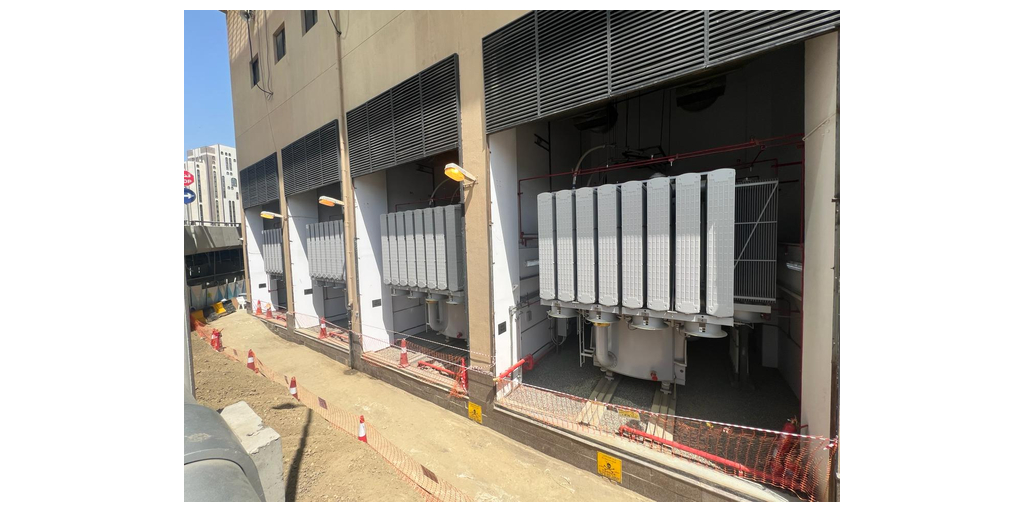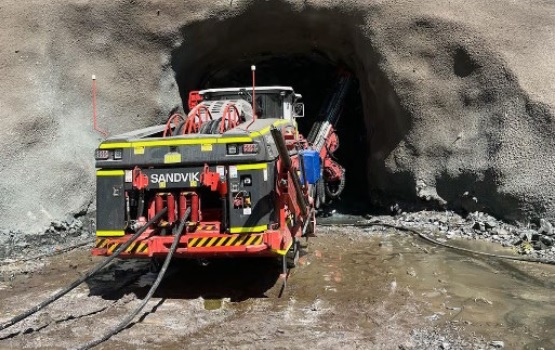Sign up for daily news updates from CleanTechnica on email. Or follow us on Google News!
Algae biofuel was a big deal back in the early 2000’s, when sustainable energy advocates were on the hunt for a next-generation oil crop. The US Navy even gave algae biofuel a slot in its Great Green Fleet sustainability showcase. More recently, algae biofuel seems have gotten lost in the clean power sauce. However, it has never really gone away, and now it has come roaring back (see more CleanTechnica algae coverage here).
The Benefits Of Algae Biofuel
When the topic turns to biofuel, the food versus fuel debate runs hot. Fuel versus nature is also a sticky wicket. In a nutshell, the more land is used to grow crops for fuel, the less is available for growing food or sustaining biodiversity.
Using marginal lands to grow energy crops is one solution, though it can involve replacing bio-diverse ecosystems with monolithic cultivated crops, while piling on chemicals and other industrial agriculture impacts to boot. Somewhat more promising is a seasonal solution that involves alternating energy and food crops on the same existing farmland.
Still, land and water use issues may persist wherever conventional crop cultivation is involved. Into this picture comes algae biofuel. Though the category includes seaweed and other plant-like forms, much of the algae biofuel activity is centered on microalgae.
“Under certain conditions, some microalgae have the potential to accumulate significant amounts of lipids (more than 50% of their ash-free cell dry weight),” the U.S. Department of Energy has observed. “These characteristics give great potential for an immediate pathway to high energy density, fungible fuels.”
The Energy Department also took note of areas in which algae biofuel could out-compete traditional biofuels, including:
1) high per-acre productivity
2) non-food based feedstock resources
3) use of otherwise non-productive, non-arable land
4) utilization of a wide variety of water sources (fresh, brackish, saline, marine, produced, and wastewater)
5) production of both biofuels and valuable co-products
6) potential recycling of CO2 and other nutrient waste streams.
These observations were made back in 2010. The US Navy, for one, was listening when it first launched the Great Green Fleet back in 2012. Thirteen years later, though, exactly zero commercial algae biofuel production facilities are located in the US.
A New Hope For Algae Biofuel, With a CO2 Twist
Microalgae products are emerging in cosmetics, food supplements and other fields, but a commercially viable biofuel operation is a whole ‘nother kettle of fish. It has been a tough nut to crack at scale, with pitfalls looming along every step of the way from raising and protecting the crop to harvesting it, dewatering it, and processing it into fuel.
Algae biofuel crop protection has been a particularly thorny obstacle. A pest invasion can cause an entire algae pond to crash with astonishing speed, forcing the grower to restart from scratch.
Nevertheless, the idea of using algae farms as a carbon dioxide trap has lit a fire under the rug of algae biofuel advocates. The latest example is the US startup Ginkgo Bioworks, which was just tapped by the Energy Department to lead a research team focusing on carbon-capturing algae alongside Pacific Northwest National Laboratory, Colorado School of Mines, and the firm Global Algae Innovations.
“The scope of the project will be to develop a new approach to algal crop protection, inspired by integrated pest management strategies used for terrestrial crops,” Gingko explains.
“More specifically, this project is focused on improving algal biotechnology to enable increased production of affordable biofuels and bioproducts from atmospheric CO2 at large scales.”
The Integrated Pest Management Difference
To be clear, algae biofuel is a carbon recycling venture, not a permanent or semi-permanent withdrawal of excess CO2 from the atmosphere. Still, to the extent that it helps reduce the extraction of virgin fossil resources from the Earth, that’s a good thing.
The Gingko project is focused on maximizing algae biofuel crop production by minimizing the impact of destructive pests. The current practice is to depend on chemical inputs, as is typical in other kinds of industrialized agriculture. The integrated appoach favored by Gingko relies more on natural pest-destroying systems.
“A major barrier to scaling algal biotechnologies is predation on algae by microscopic ‘pests’ in open outdoor ponds,” Gingko explains. “Current algal pest management strategies are generally not specific to a singular pest and include chemical or environmental control methods that can negatively impact algal productivity and increase pest resistance.”
“There is a clear need for algal crop protection solutions that are highly selective against specific algal pests, are safe to use in aquaculture feeds for animal consumption, and do not produce detrimental environmental impacts commonly associated with traditional pesticides,” they add.
Gingko’s particular area of focus is on short chains of amino acids that exhibit anti-microbial activity, called AMPs for antimicrobial peptides. As described by Gingko, many types of bacteria, plants, and animals naturally produce AMPs.
An off-the-shelf AMP will not do the trick, though. With the support of the Energy Department, the research team will “work to develop new algal pest-specific AMPs and at the same time use powerful adaptive laboratory evolution (ALE) capabilities to increase the tolerance of the algae and of their protective microbiome to AMP treatment,” Gingko explains.
Beyond Algae Biofuel
Though algae biofuel only involves temporary carbon removal and recycling, Gingko notes that a commercially viable, scaled-up algae industry could also lead to avenues for longer-term carbon sequestration, including bioplastics as well as cosmetics and nutritional supplements.
If so, it looks like ExxonMobil has missed out on a golden opportunity. The company launched an on-again, off-again algae biofuel research program in 2009 and spent millions of dollars on the venture, only to pull the plug on algae permanently last year.
Other players in the algae field still have something to look forward to, though climate advocates warn against simply using algae to capture fossil energy emissions rather than cutting out coal, gas, and oil altogether.
If all goes according to plan, Pacific Northwest National Laboratory and Global Algae Innovations will be vindicated along with Gingko. Back in 2016, PNNL and Global Algae shared in a $15 million Energy Department funding pot aimed at ramping up a multi-purpose algae industry in the US.
PNNL notes that “algae can be 10 or even 100 times more productive growing on a given parcel of land than traditional biomass resources like corn stover or forest residues.
“More than 100,000 strains of algae currently in existence provide raw material that can be processed into fuels that power cars, airplanes, and trucks,” they add.
There seems to be plenty of room in that algae biofuel hole vacated by ExxonMobil and other fossil energy stakeholders, so hold on to your hats.
Follow me @tinamcasey on Bluesky, Threads, Post, and LinkedIn.
Photo: Algae biofuel research courtesy of Pacific Northwest National Laboratory.
Have a tip for CleanTechnica? Want to advertise? Want to suggest a guest for our CleanTech Talk podcast? Contact us here.
Our Latest EVObsession Video
I don’t like paywalls. You don’t like paywalls. Who likes paywalls? Here at CleanTechnica, we implemented a limited paywall for a while, but it always felt wrong — and it was always tough to decide what we should put behind there. In theory, your most exclusive and best content goes behind a paywall. But then fewer people read it!! So, we’ve decided to completely nix paywalls here at CleanTechnica. But…
Thank you!
CleanTechnica uses affiliate links. See our policy here.




